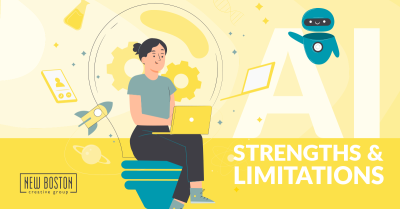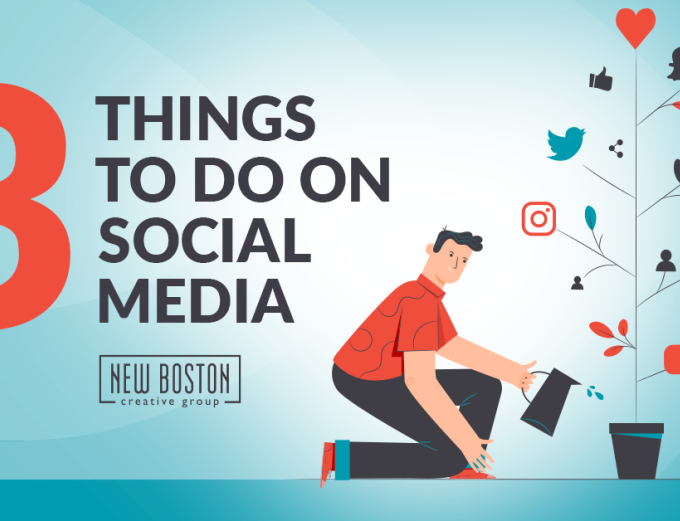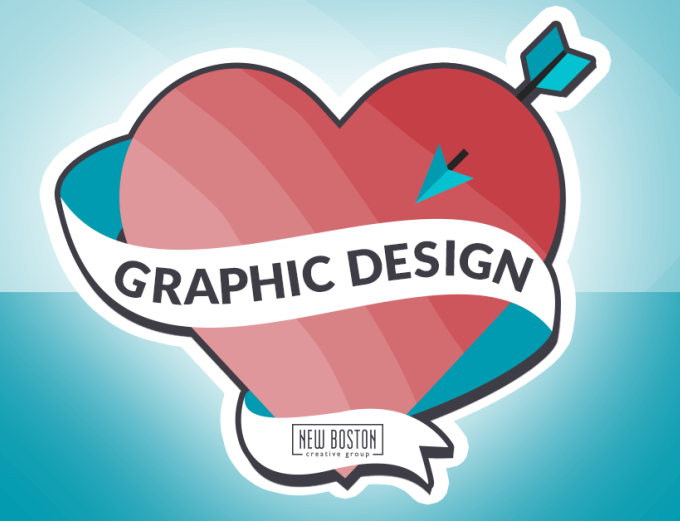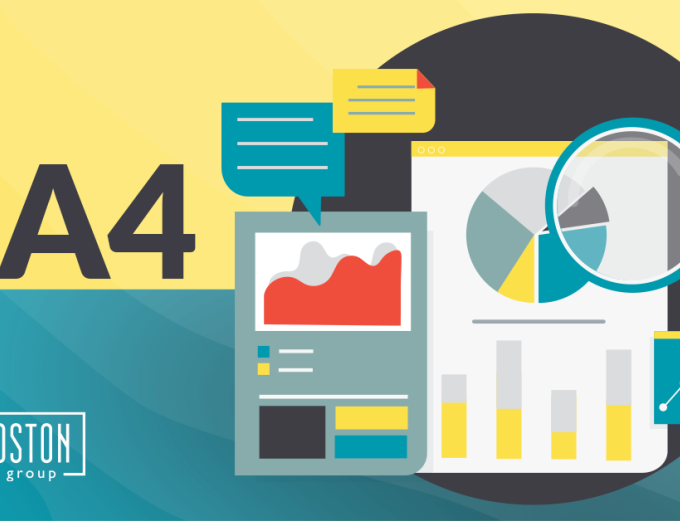AI Intel: Its Strengths and Limitations
by Ken Wells on June 29, 2023
Anyone who accuses businesses of being stolid or inert has never seen a business chase a trend. If the trend is novel enough, a corporation will be on it like a cat on a laser pointer. And today's trend is artificial intelligence.
(Note that this is being written in June of 2023. The field, its manifestations and corporate reactions to them are changing quickly enough that this can only be a snapshot of this particular moment. There's no telling when circumstances will change enough to make any or all of this obsolete, but at the rate they're evolving, it'll be, relatively speaking, soon.)
Exploring the strengths and weaknesses of the current generation of business-based artificial intelligence implementations, a few things become apparent. The first is the most obvious benefit of using generative AI content — speed. You can quickly conjure a wall of text or a high-res stock photo in seconds. This can be prompted by an unskilled worker, not necessarily a writer or artist, removing the need for them altogether. There's also its flexibility — textual models can quickly generate forms of poetry (with occasionally mixed results) or lyrics or other textual content with just a tweaked prompt, and the image generators can create visuals literally undreamt of, simply based on a few idly thrown-together words. Their flexibility can take them places unexplored by the human imagination.
Or perhaps it's not that simple. As of now, the textual-based models and the graphical-based models are self-contained and do not overlap. A textual model can't generate graphics with any degree of accuracy, and trying to generate text from current graphical models is an exercise in gibberish futility. And even inside their areas of specialty, the state-of-the-art models still show areas of weakness — there's a sameness to the text generations that becomes clear after reading the responses to basic prompts, and graphic models tend to blank on critical anatomical details like "how many fingers a person has" and "where the thumb goes," along with a faint visual feeling of that same uncanny staleness.
There's also the matter of how a model is very much a snapshot of collective awareness up to the moment that the training data ends. Our current generation of AI models have no capacity to broaden that knowledge as needed. An AI might refer to Tom Brady as a quarterback for the New England Patriots, the Tampa Bay Buccaneers, or (if it has been very recently trained) retired altogether. If the training data encompasses a broad enough period of time, eight years ago might hold the same weight as yesterday.
But so far the most significant drawback of relying on generative technology for creative endeavors is, simply, its inhumanity. In the generation process, there's no investment, no responsibility, no accountability. An AI model couldn't care less if it misconstrues an article, generates a false citation, or generates a photorealistic image of a woman with three arms, four legs, and two noses. Humans can learn from their mistakes, but given the opportunity, the AI will continue, undeterred, to repeat its mistakes. AI requires a level of curation and scrutiny not necessary in human-handcrafted content, because there's a basic level of awareness and understanding inherent in all people that isn't reflected in even the best machine-learning models. That shows no sign of changing.
One area AI excels in, without question, is the generation of placeholder text and imagery — content to fill a page as a design comes together. But creating content that's specifically for public consumption is a level of faith in the generative process that simply hasn't been earned yet.
A rush is on across all industries to integrate artificial intelligence applications into positions currently held by humans, particularly copywriters, as a cost-savings measure. This seems premature. There's certainly a capacity to use generative AI in a modern workflow, but ample reasons remain to keep it from supplanting the people gifted with the spark of creation.






